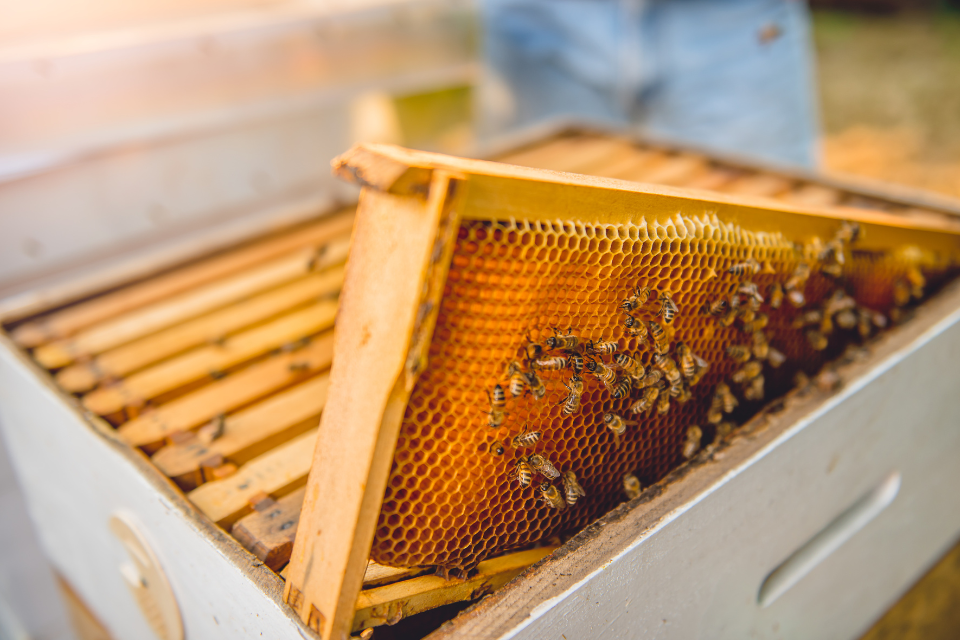Bees are essential pollinators, but their presence near homes or outdoor spaces can sometimes pose challenges. Understanding why bees are attracted to certain areas and how to deter them effectively is crucial for maintaining a bee-free environment without harming these important insects. This comprehensive guide covers everything you need to know about keeping bees away, including effective methods, safety considerations, and environmental impacts.
Understanding Why Bees Approach
Bee Behavior and Attraction Factors: Bees are naturally drawn to sources of food, water, and shelter. Flowering plants, sweet scents, and standing water are primary attractions for bees. Understanding their behavior can help in implementing effective strategies to keep them away from areas where their presence is undesirable.
General Methods to Keep Bees Away
Physical Barriers: Creating physical barriers is one of the simplest ways to deter bees. This can include sealing cracks and crevices in buildings, using mesh screens on windows and doors, and covering potential nesting sites with netting or wire mesh.
Bee Repellents: Natural repellents like peppermint oil, citronella, and cloves can be effective in deterring bees. These scents are unpleasant to bees and can discourage them from lingering in treated areas.
Safety Considerations
Safe Practices Around Bees: While bees are generally docile when undisturbed, it’s essential to practice caution when working around them. Avoid swatting or disturbing bees unnecessarily to prevent stings.
When to Call a Professional: If bees have established a hive or nest in or near your home, it’s advisable to seek assistance from a professional beekeeper or pest control expert. They can safely remove the hive without harming the bees and prevent future infestations.
Environmental Impact
Ecological Considerations: Bees play a vital role in ecosystems as pollinators. When implementing bee deterrent methods, it’s important to consider the potential impact on local pollinator populations and choose methods that minimize harm to bees and other beneficial insects.
Alternative Methods: Explore alternative methods for managing bee presence, such as planting bee-friendly gardens away from high-traffic areas, using decoy nests to divert bees from unwanted locations, or incorporating plants that naturally repel bees into landscaping.
Conclusion

By understanding bee behavior, implementing effective deterrent methods, and considering safety and environmental impacts, you can successfully keep bees away from areas where their presence is undesirable while promoting a bee-friendly environment overall. For more insights into natural solutions, check out article.

Dr. Emily Turner is a board-certified physician specializing in holistic health and wellness. With over 15 years of experience in the medical field, she combines her extensive knowledge in nutrition, fitness, and mental health to provide comprehensive advice and insights. Emily is dedicated to helping readers achieve a balanced and healthy lifestyle through her expert articles and guides.




